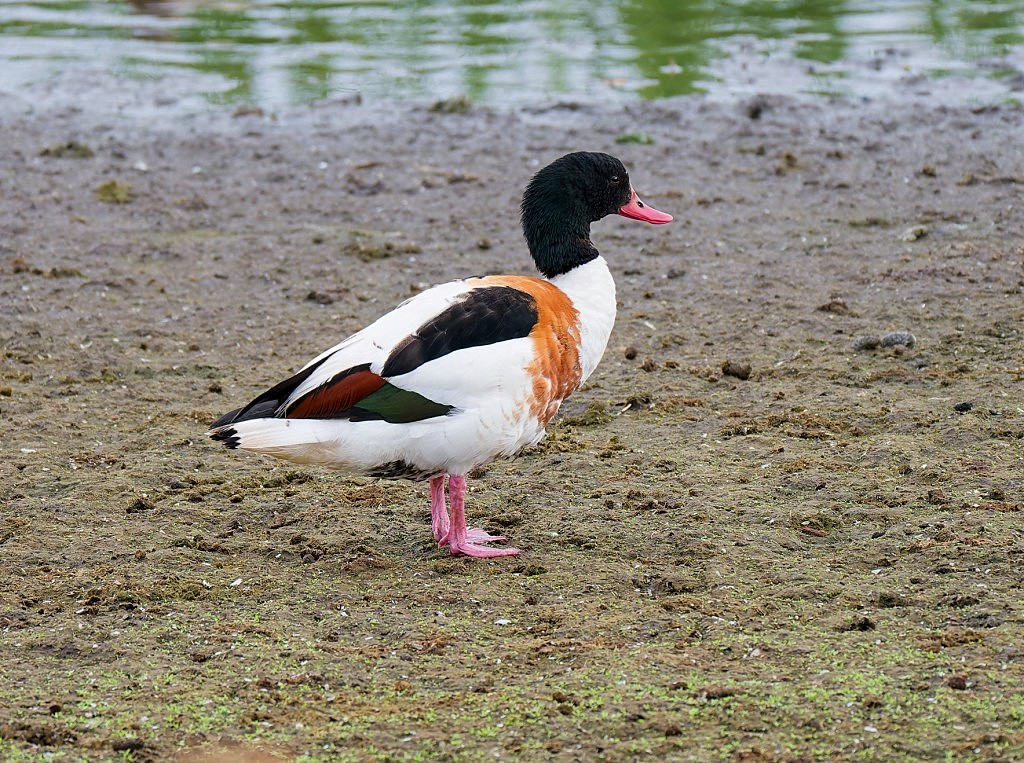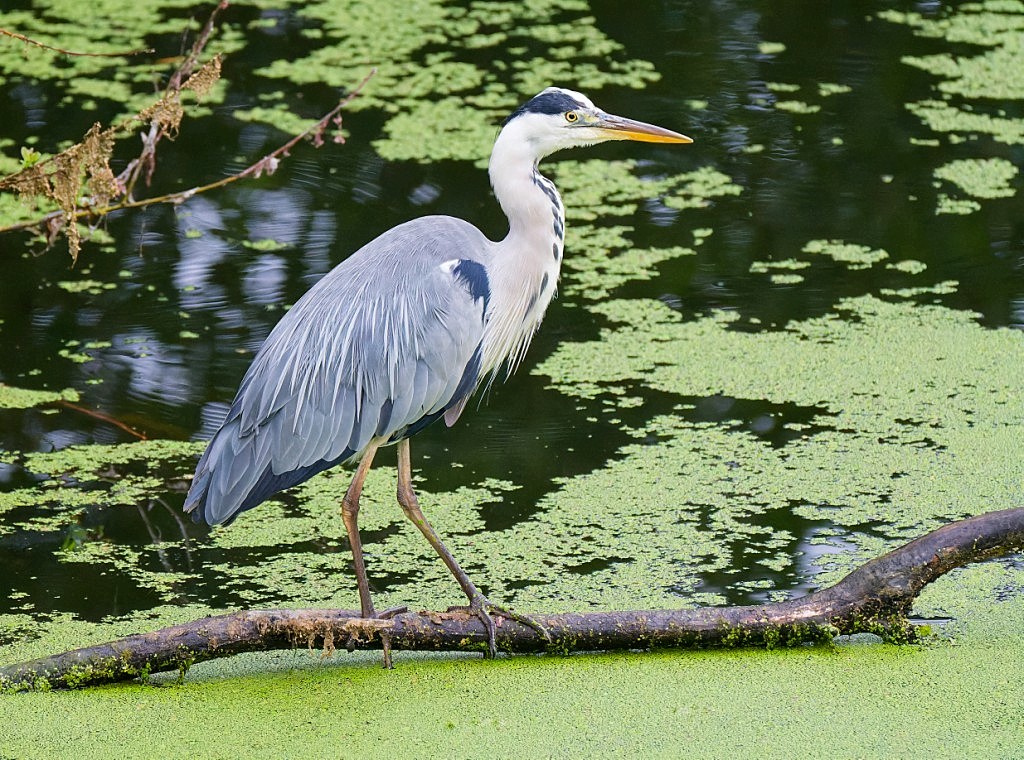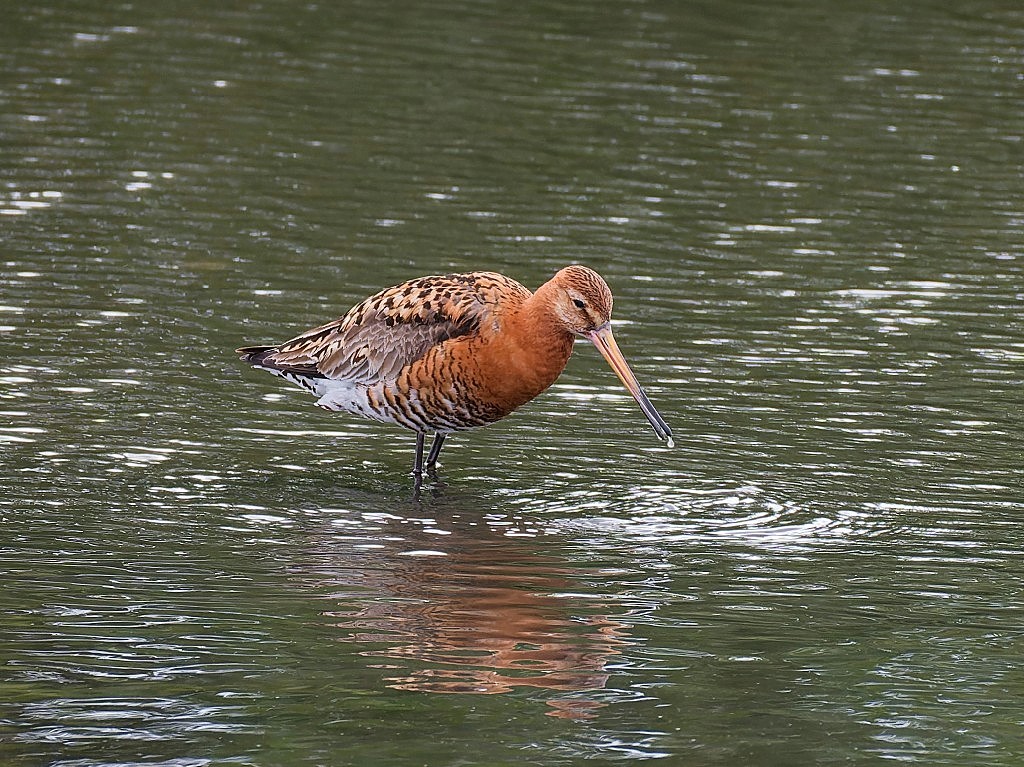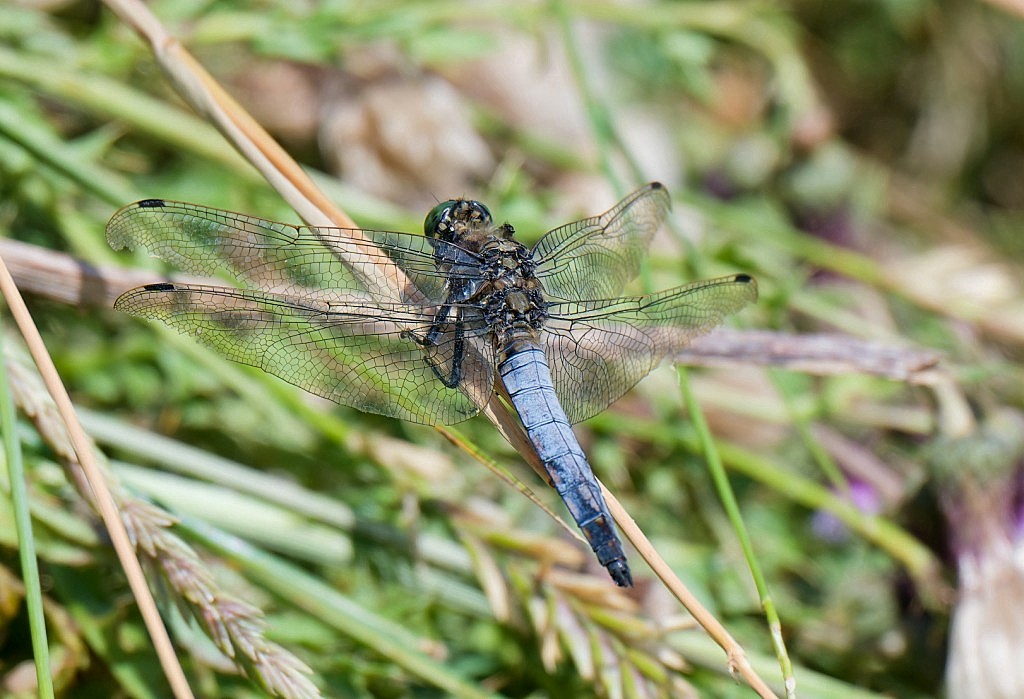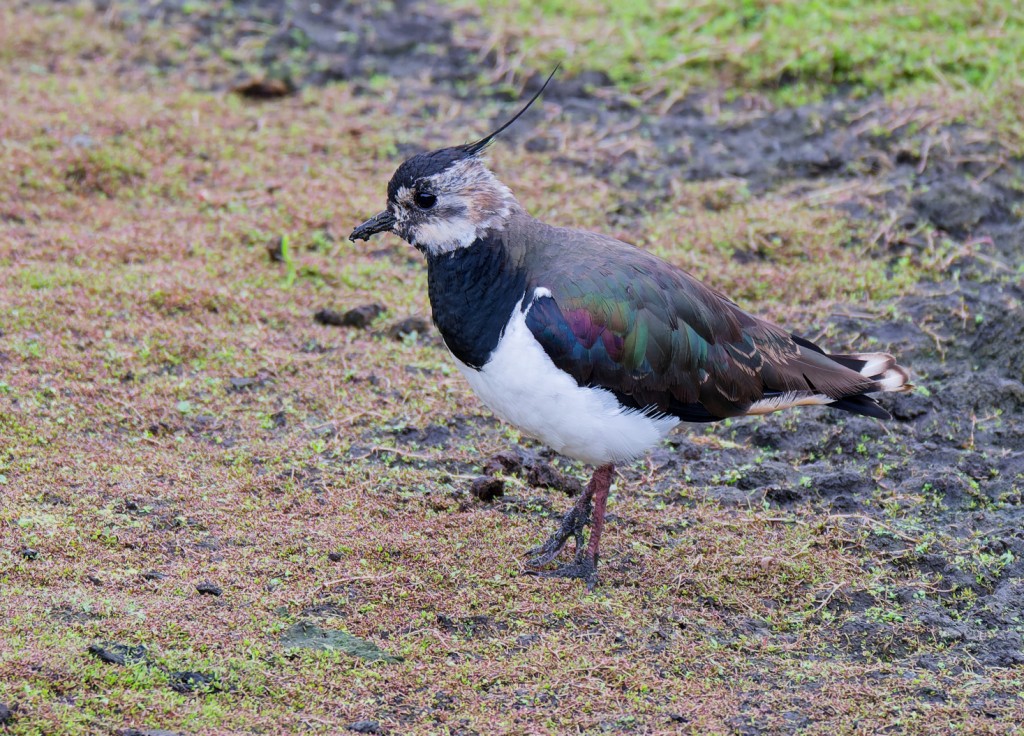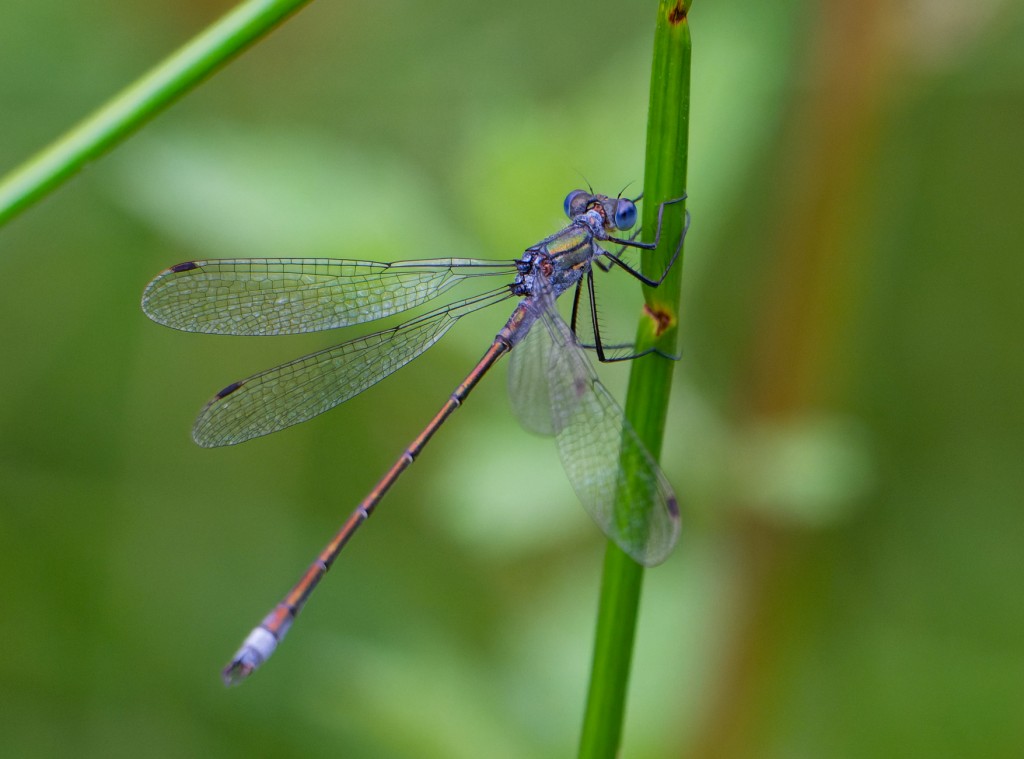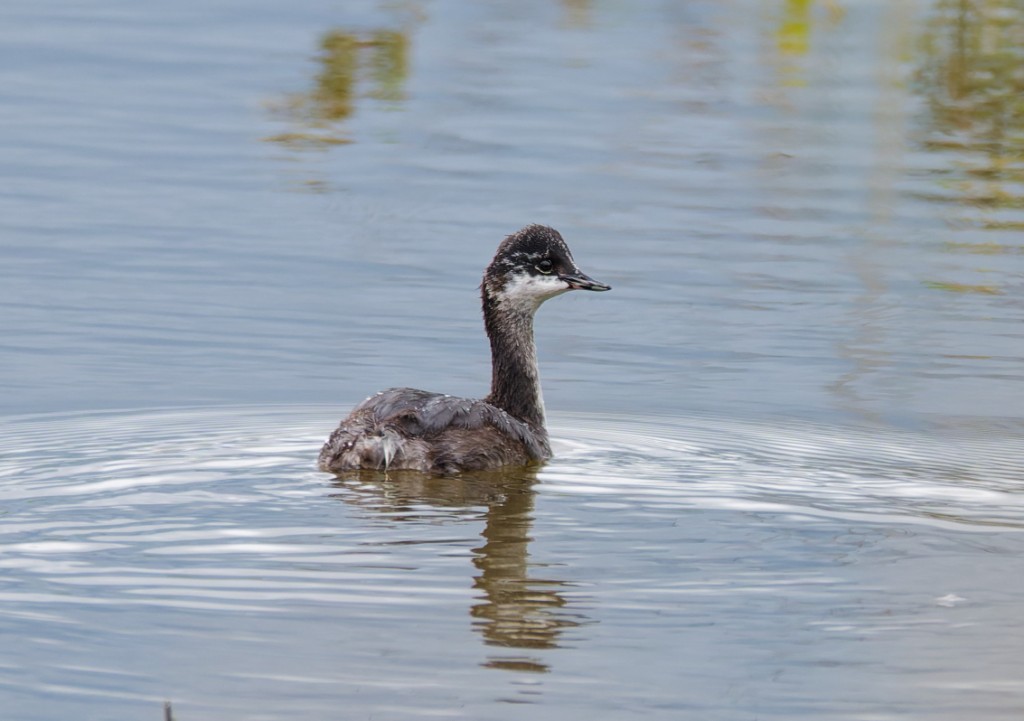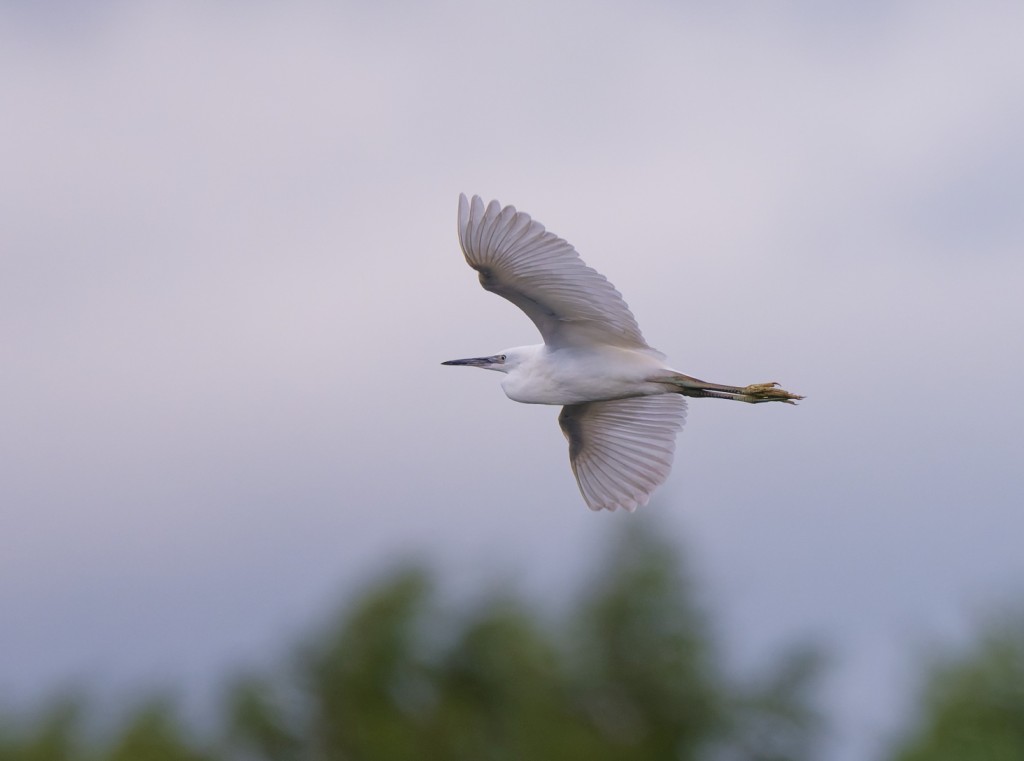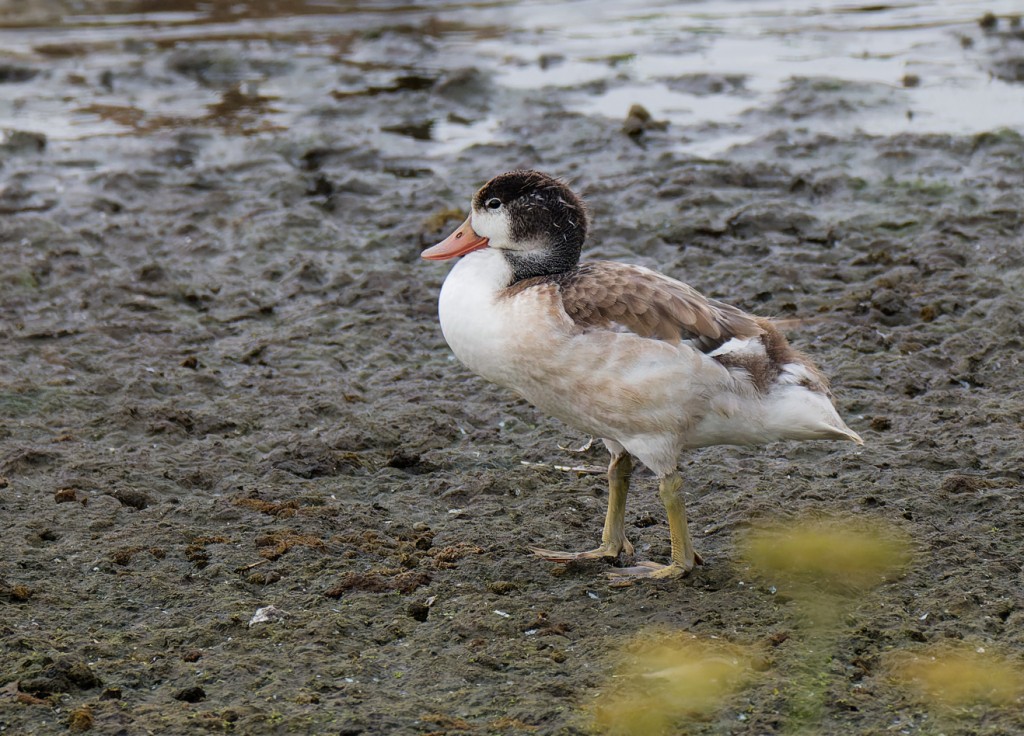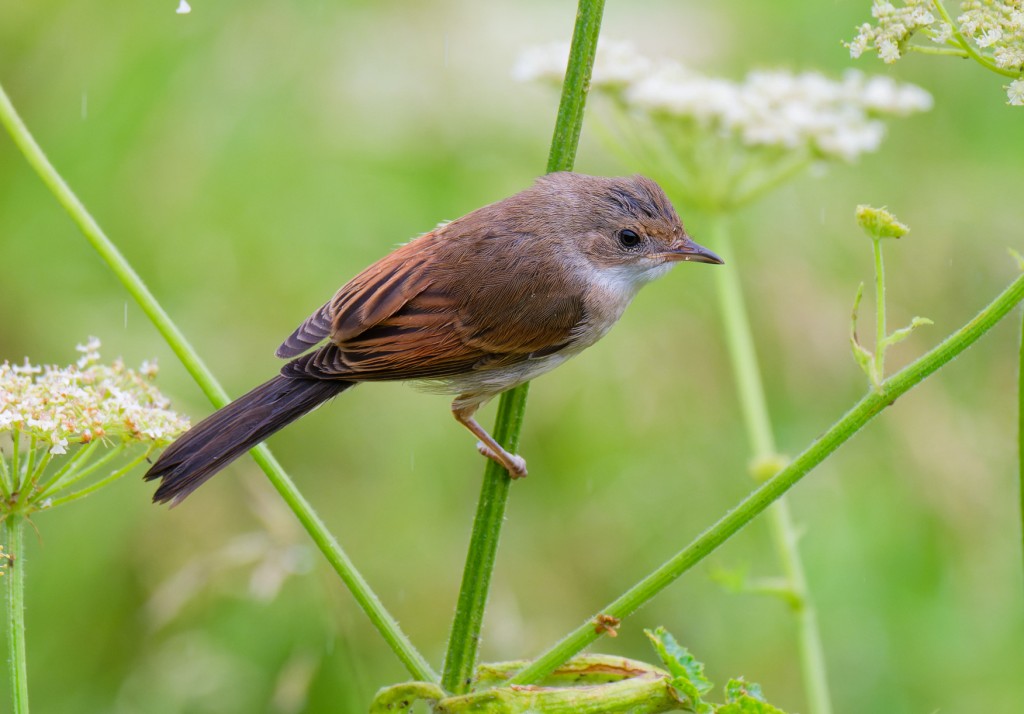Woolston Eyes Monthly Sightings
2025-07-15
It’s been an interesting few days, starting with Dan Owen’s discovery of 4 Small Red-eyed Damselflies on No.4 bed on Thursday, which was yet another new species for the Reserve. On Saturday the hottest day of the year coincided with the Wetland Birds Survey (WeBS) and despite the oppressive heat, our wardening team managed to locate a total of 2,253 ‘water-birds’ of 30 species. Highlights included: 2 Goosanders, 7 Water Rails, 10 Little Ringed Plovers, 1 Green Sandpiper, 23 Black-necked Grebes, 8 Kingfishers and 754 Gadwall. A bonus sighting was the 5 Crossbills flying over No.4 bed late morning. In comparison with the wall-to-wall sunshine of the preceding weeks, this morning was overcast and drizzly, always good wader weather at this time of year. Not long after dawn on No.4 bed 6 Dunlin, 3 Black-tailed Godwits, 2 Little Ringed Plovers, 2 Green Sandpipers, 1 Redshank and 2 Oystercatchers were all feeding out on the east cell. I then took shelter in the Morgan Hide on No.3 bed where another 5 summer-plumaged Black-tailed Godwits, fresh in from their Icelandic breeding grounds, were feeding voraciously. Photo of a Black-tailed Godwit Cheers David Bowman et al
Submitted by: David Bowman
2025-07-08
There was a cooling breeze to take the edge off the heat this morning, though it was a bit of a double-edged sword, as it reduced the numbers of dragonflies on the wing for our planned survey. We started in No.3 bed not long after dawn, where two early Whimbrels flew through calling. Then, as planned, we met up with John Roberts, the county dragonfly recorder for Cheshire, to see if we could find any Norfolk Hawkers on No.4 bed. These predominantly southern-breeding hawkers have slowly spread northwards with the warming climate and are now present at some sites in adjacent Greater Manchester. The habitat at Woolston is ideal for them and it surely won’t be long till we find them but today wasn’t the day. Nevertheless we completed thorough dragonfly and butterfly surveys, finding: 18 Black-tailed Skimmers, 8 Ruddy Darters, 12 Brown Hawkers, 1 Emerald Damselfly, 15 Blue-tailed Damselflies, 10 Common Blue Damselflies, 2 Essex Skippers, 2 Small Skippers, 1 Ringlet, 30 Peacocks, 3 Meadow Browns, 15 Gatekeepers, 10 Speckled Woods, 8 Commas, 11 Red Admirals, 1 Large White and 2 Small Tortoiseshells. It’s good to be having a decent year for butterflies after two consecutively dreadful years and later in the day, over on No.3 bed Dave Hackett recorded 152 butterflies, with a similar species mix, though with the addition of a Painted Lady. Birds weren’t totally forgotten, with No.4 bed delivering 32 Black-necked Grebes (17 juveniles), plus Green Sandpiper and Redshank. Photo of a male Ruddy Darter Cheers David Bowman (with Dan Owen and Eva Pyrah)
Submitted by: David Bowman
2025-07-05
It’s been a busy week, with our new Assistant Warden, Eva Pyrah, arriving and starting the process of settling in and finding her way around the Reserve. We are really pleased to welcome Eva on board as she will be a real asset, with a wide range of relevant skills and experience. The weather was hot and muggy which made for some good dragonfly and butterfly counts as we made our way around all four beds. The highlight of our walk round No.4 bed on Tuesday was undoubtedly the count of 22 Essex Skippers. They are a relatively scarce butterfly in this area and were first recorded in Cheshire in 2017, having been slowly spreading northwards as the climate has warmed. The only previous record at Woolston was of a handful on No.2 bed in 2023. Other records of note included a Green Sandpiper, 24 Ringlets,15 of the scarce Roesel’s Buch-cricket and a Hobby catching a Swallow right in front of the Morgan Hide. Thursday saw us walk nearly eight miles covering the remaining three beds. Highlights were 2 Garganey, 3 Black-tailed Godwits and a Redshank in front of the Morgan Hide plus 3 more Essex Skippers on No.2 bed. It was a little cooler this morning and we completed a count of Black-necked Grebes on No.4 bed, locating 24 in total, of which 16 were juveniles, with the majority of our breeding population now having left to start their long journey southwards. Photo of a Whitethroat Cheers David Bowman (with Dan Owen, Eva Pyrah, David Spencer, Helen Wynn and Brian Baird)
Submitted by: David Bowman


